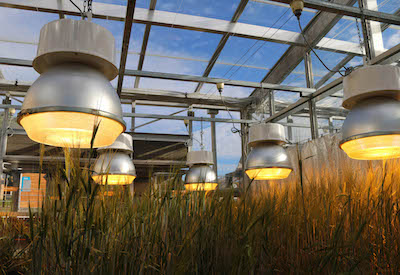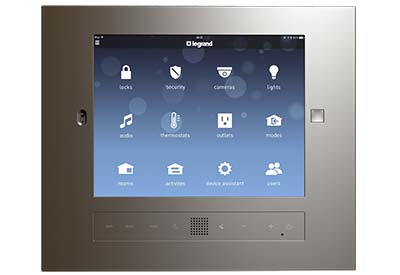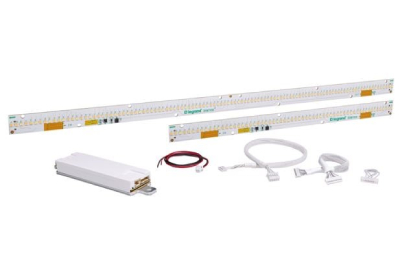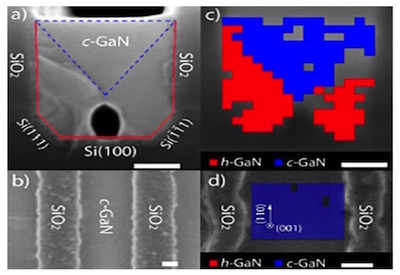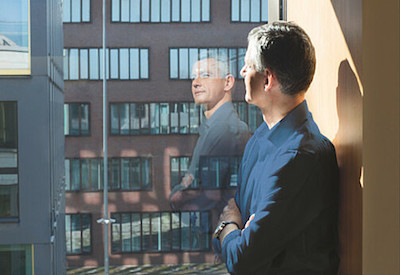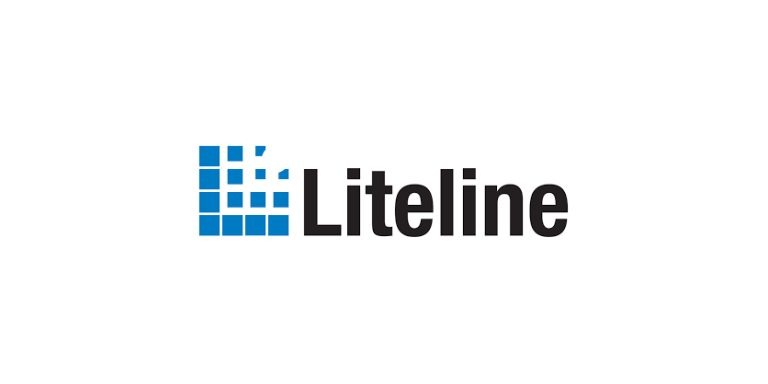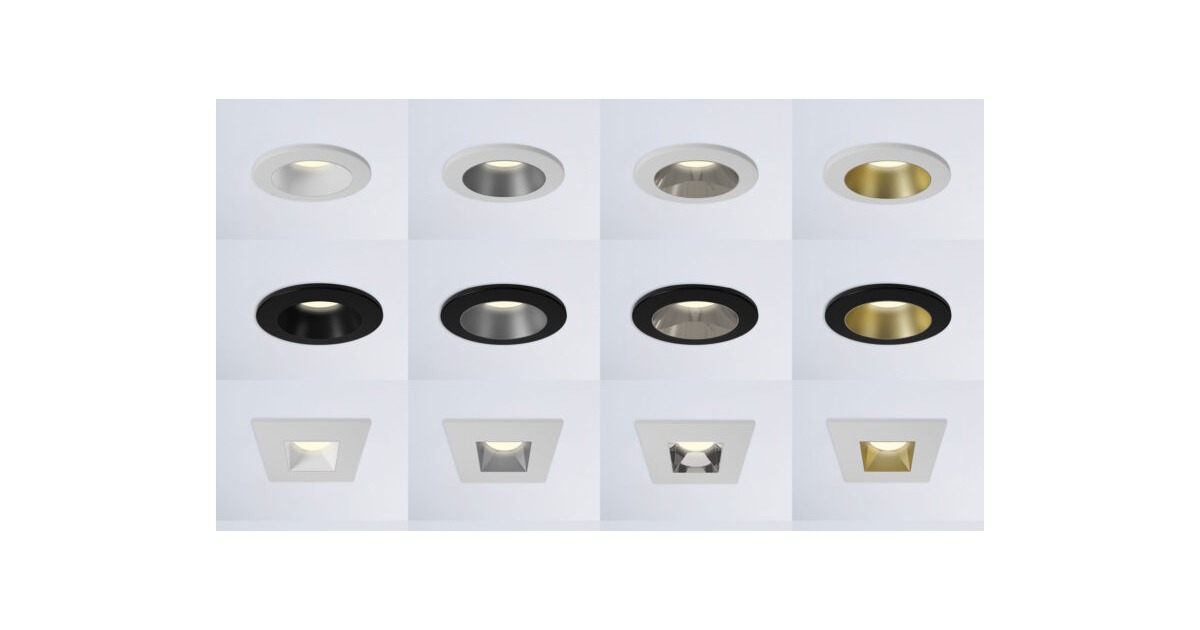AEA Webinar Summary: UV-C Lighting Fixtures and Their Applications in the Time of COVID 19
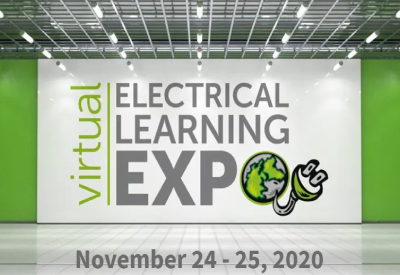
Nov 27, 2020
By Blake Marchand
The Alberta Electrical Association (AEA) held their first virtual Learning Expo this past week, which allowed them to continue their programming safely and bring a sense of normal in the otherwise uncertain times of a global pandemic.
The Expo featured ten seminars alongside its virtual trade show floor where 30 manufacturers were represented.
On day one of the two-day event, Ben Rajewski, P.Eng., LC, WELL AP – Team Lead, Electrical with Williams Engineering Canada gave an interesting presentation on UV-C Lighting, discussing the different forms and applications, as well as providing insight on how it works.
With respect to the latter, he explained, “when exposing microorganisms to UV-C light, the light penetrates through the cell wall and disrupts the structure of the DNA molecules, prohibiting reproduction.”
One interesting note was that UV-C light does not make it through the Ozone Layer, so exposure to sunlight does not provide protection from viruses/bacteria.
More importantly, safety is a primary concern when utilizing UV-C light, because exposure to skin is harmful. There are currently no approvals for surface applications in Canada. Rajewski explained research is still being done to ensure it’s safe, “but initial results are promising.” Surface UV-C lighting solutions require an additional level of lighting control to ensure UV-C fixtures are off when the room is occupied. The exception is for Far UV-C light, although the technology is still being researched.
Rajewski stressed that dose and duration of exposure, and distance from the sirface are key considerations. The closer the light gets to the surface the less dose/exposure is required. Direct exposure is necessary to kill bacteria, meaning anywhere the light doesn’t directly touch won’t be disinfected. Another important safety note is that UV-C light shouldn’t replace physical cleaning methods. It should be utilized as a supplement to enhance sanitation.
There are four types of UV-C light: Low Pressure Mercury, Pulsed Xenon, UV-C LED, and Far UV-C (or Excimer Lamp).
Low Pressure Mercury and Pulsed Xenon can’t be used in occupied spaces. A key note for UV-C LED, which may be utilized more in the future as the technology improves, is that they will need to be replaced on a regular basis because their effectiveness can’t be easily monitored as the fixture ages.
For Rajewski, the most promising technology, particularly with respect to public/occupied spaces, is Far UV-C, because it kills bacteria without penetrating skin, and therefore is (potentially) safe for use in occupied spaces. “This is where the future lies in fixtures,” he said. “If we can prove it’s safe, this will change how we design buildings.”
Rajewski also discussed applications. Interestingly, UV-C has applications for air and water quality. Buildings can use UV-C light to disinfect the air being circulated by HVAC systems. There is also upper room UV disinfection. Which is currently being utilized in healthcare, emergency rooms, and operating rooms. But there are applications in public buildings, stores, restaurants, etc., Rajewski explained.
With upper room disinfection, units are installed above the 7ft mark in a room and are directed upwards, disinfecting the air at the top of the room that is then circulated throughout the room. This method is safe because it avoids direct contact.
It can also be used in water treatment plants to disinfect water. Although, it is only effective on clear liquids.
Surface applications are yet to be approved by Health Canada and applications are limited until Far UV-C is available.
Disinfection Chambers is one of the few UV-C applications approved in Canada, generally used for sterilization of PPE.
Portable disinfection robots are currently being developed for health care facilities as well as hotels. As previously mentioned, UV-C light only disinfects the surfaces it comes in contact with. Mobile robots are able to be flexible enough to get areas that regular fixtures won’t reach and can be operated remotely. They’re also closer to the surface, meaning they can disinfect at a quicker rate.
{youtube}fN7jJuiH4lk{/youtube}
Ultimately, Rajewski said UV-C is poised to become a prominent technology in lighting as research continues and government approvals are established. Responding to an attendant question regarding government grants for UV-C applications, Rajewski commented that once Health Canada approves the various technologies, there will likely be government funding programs available.
Again, the key when it comes to public/standard lighting applications is Far UV-C lighting. That’s where the general public can really benefit from the technology, although there is still work to be done to ensure safety.

